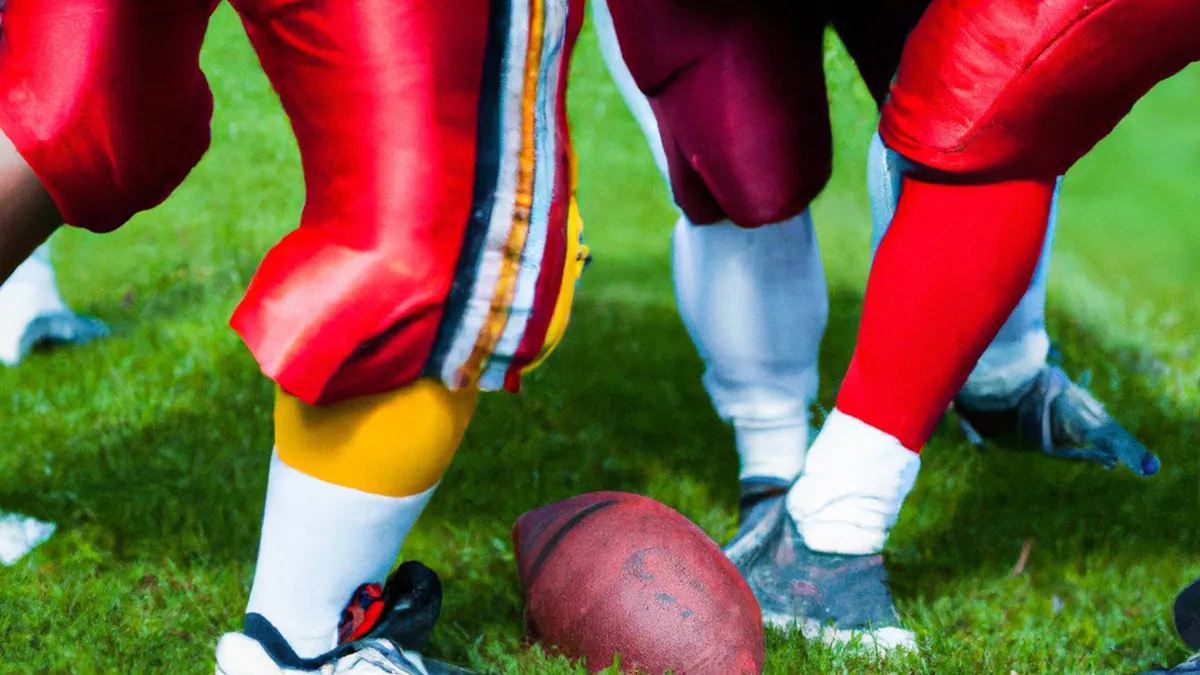Kettlebell Weights: Choosing What’s Right (Women)
Women’s Kettlebell Competitions: What to ExpectKettlebell competitions have grown in popularity among women in recent years. Many women enjoy the sport’s physical challenge and competitive spirit. As more women engage in kettlebell training, many consider entering competitions to showcase their skills. If you’re thinking about competing, understanding what to expect can help you prepare effectively and enhance your experience. This guide offers insights into competition structure, preparation tips, and benefits.
As an Amazon Associate I earn from qualifying purchases.
Gear tip: consider electrolyte mix, hydration tablets, and liquid chalk to support this topic.
Understanding Kettlebell Competitions
Kettlebell competitions feature athletes performing specific lifts for maximum repetitions within a set time. The two main lifts are the snatch and the long cycle. Each lift has distinct rules, standards, and techniques that athletes must follow to score points.
Competition Structure
Competitions categorize athletes by body weight and age, promoting fair competition. This structure fosters camaraderie among competitors. Women’s divisions may include lightweight, middleweight, and heavyweight classes.Competitions typically consist of several rounds where athletes take turns performing lifts. Each athlete has a set time, usually 10 minutes, to complete as many repetitions as possible. Proper technique and control matter, as judges assess performance based on specific criteria.
Preparing for Competition Day
Training and Technique
Preparation plays a crucial role in kettlebell competition success. Commit to a consistent training regimen that includes the snatch and long cycle lifts. Focus on perfecting your technique to improve performance and reduce injury risk.Gradually increase the weights you lift as you gain strength and confidence. Push your limits while listening to your body. Use various training techniques like interval training and endurance work to prepare for competition demands.
Simulating Competition Conditions
Practicing under competition-like conditions proves invaluable. Time your lifts during training sessions to manage pace and energy effectively. This practice helps you learn to distribute strength throughout the competition. You might also want to perform in front of friends or training partners to simulate the audience atmosphere.
Nutrition and Hydration
Proper nutrition and hydration are vital for training and competition preparation. In the weeks before the competition, consume balanced meals rich in carbohydrates for energy, protein for recovery, and healthy fats. Include whole grains, lean proteins, fruits, vegetables, and nuts in your diet.On competition day, stay well-hydrated by drinking plenty of water.
Conclusion
Prepare thoroughly for kettlebell competitions to enhance your performance and experience. Follow these insights for a successful competition day.
Below are related products based on this post:
FAQ
What are the main lifts in kettlebell competitions?
The two main lifts in kettlebell competitions are the snatch and the long cycle. Each lift has specific rules and techniques that athletes must adhere to in order to score points effectively.
How are athletes categorized in kettlebell competitions?
Athletes in kettlebell competitions are categorized by body weight and age to ensure fair competition. This structure includes divisions such as lightweight, middleweight, and heavyweight classes.
What should I focus on when preparing for competition day?
When preparing for competition day, focus on consistent training that emphasizes technique for the snatch and long cycle lifts. Additionally, simulating competition conditions and maintaining proper nutrition and hydration are crucial for success.















Post Comment